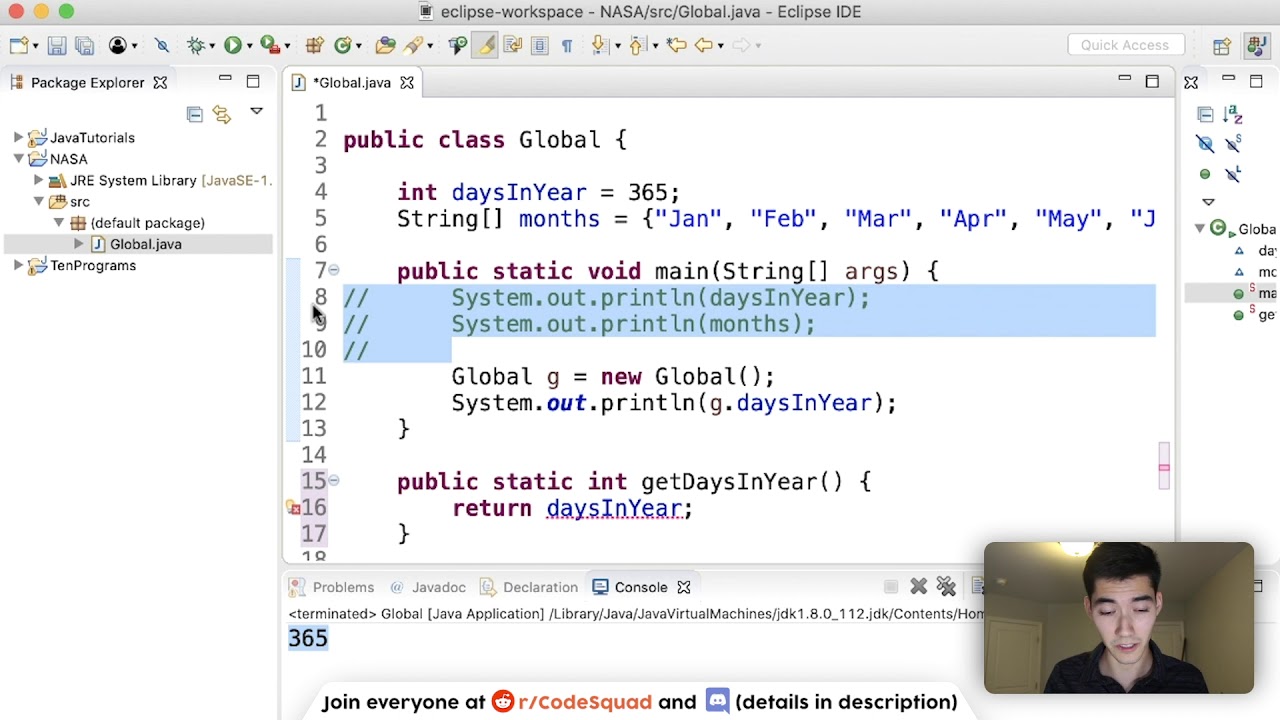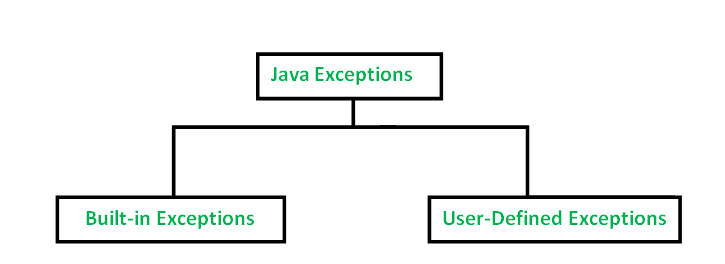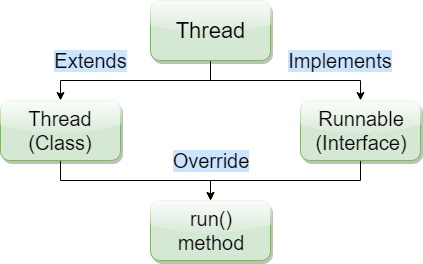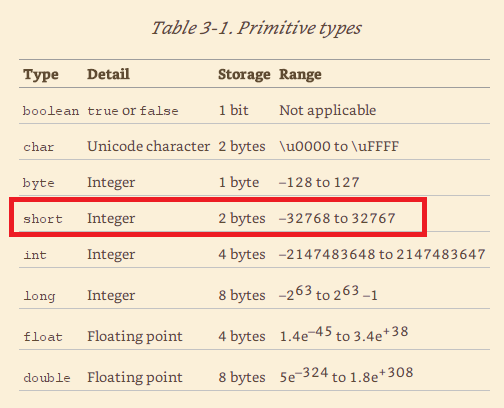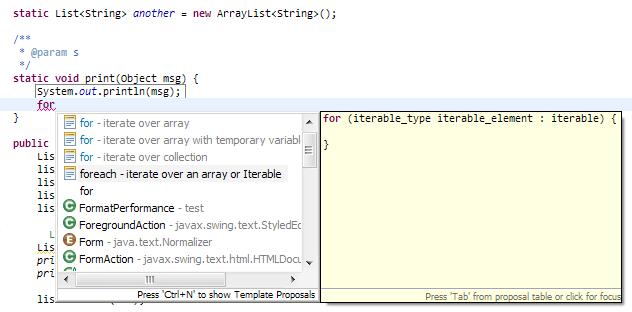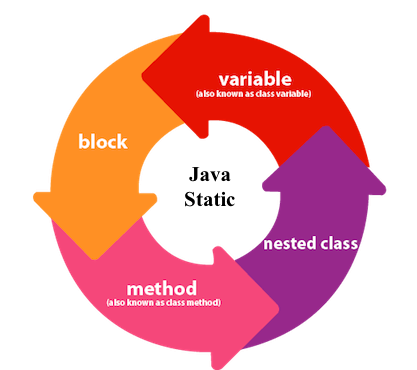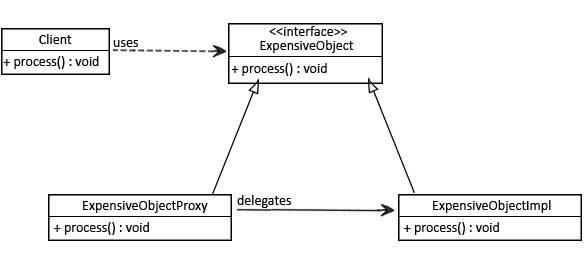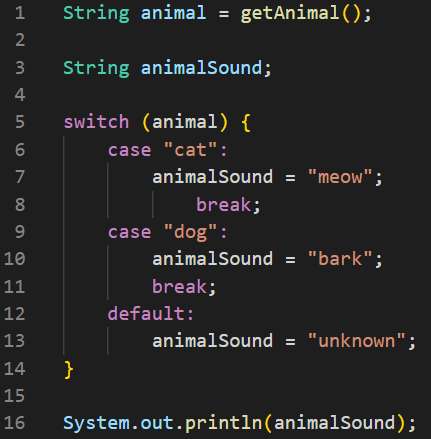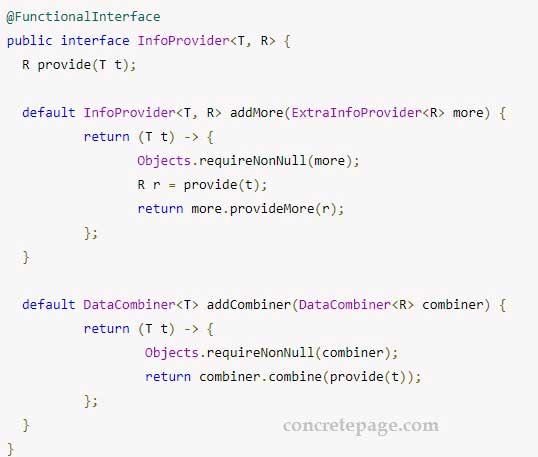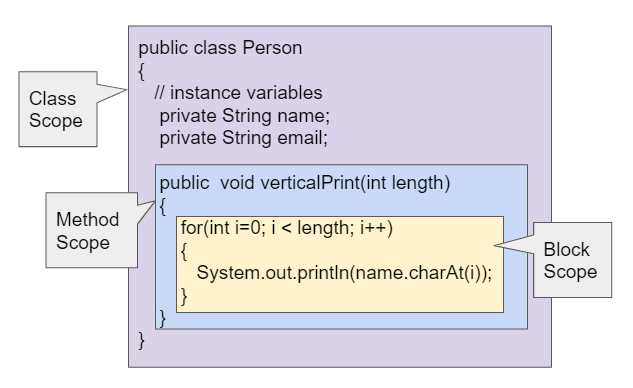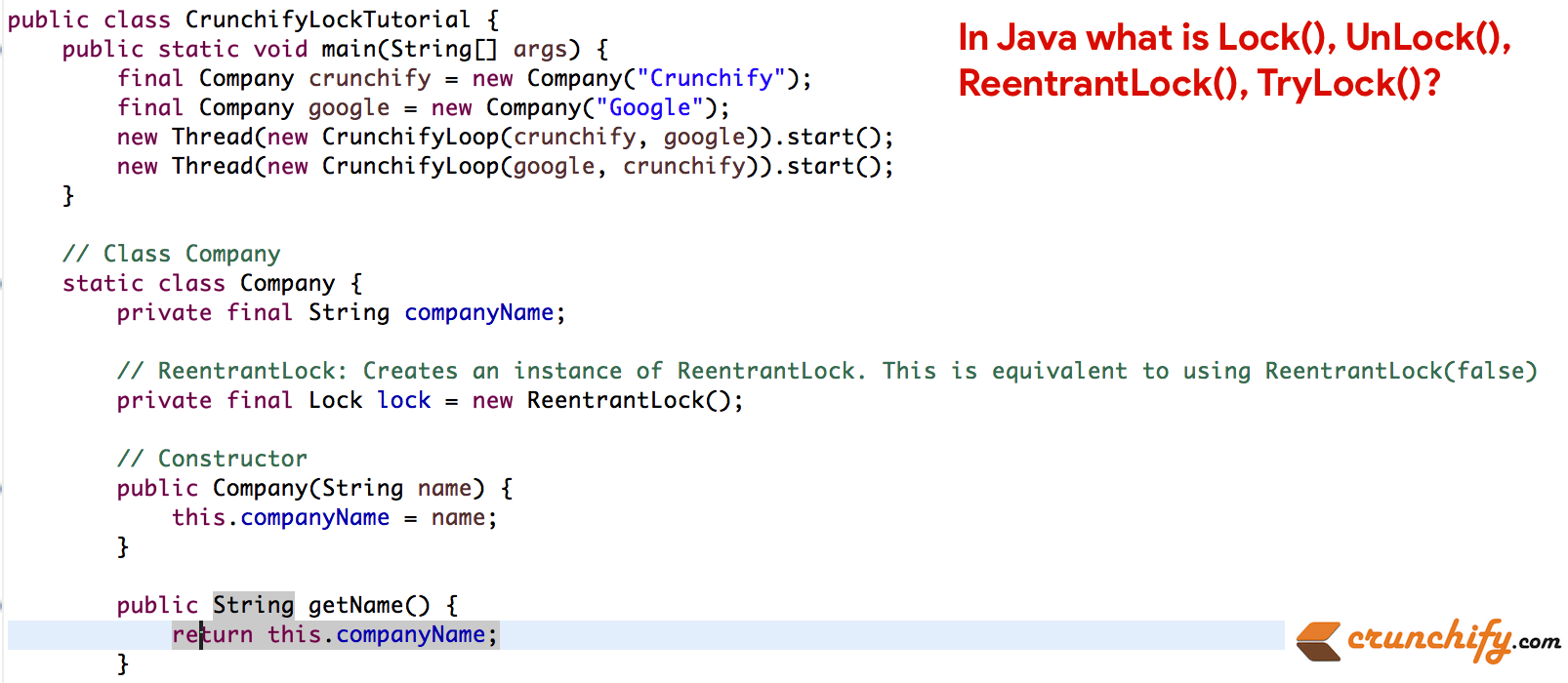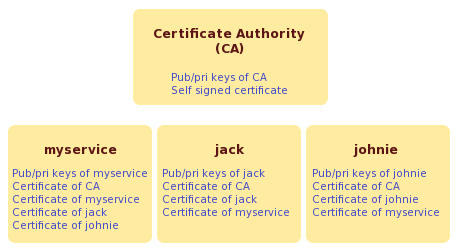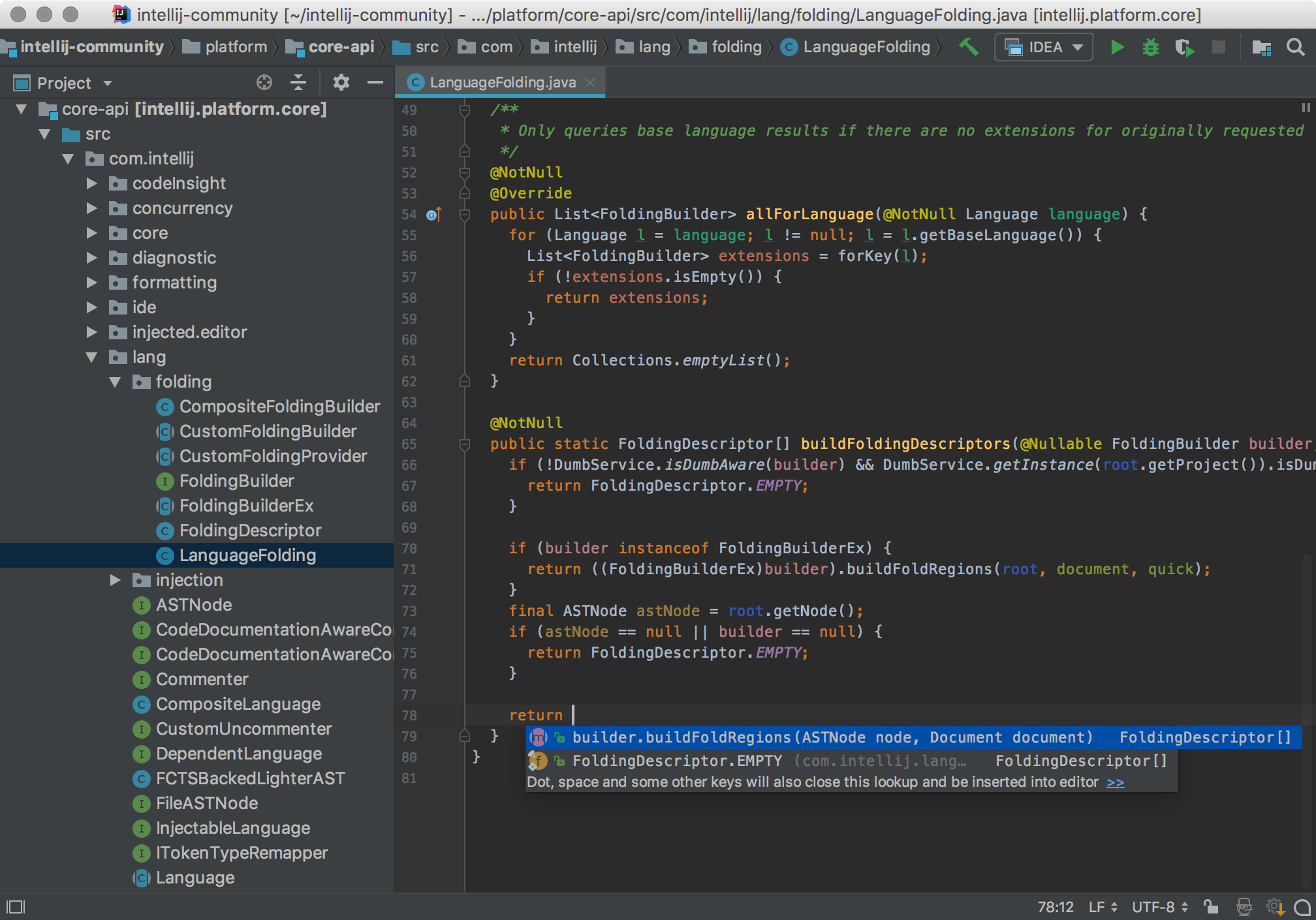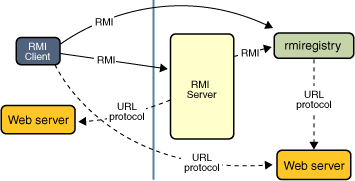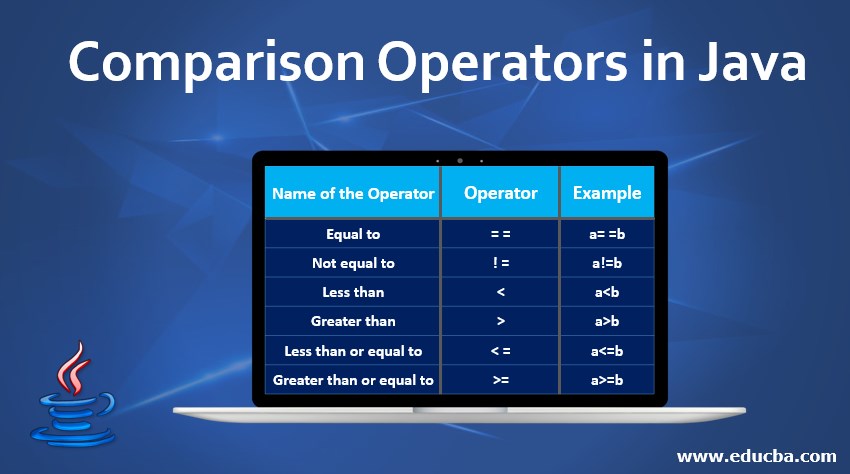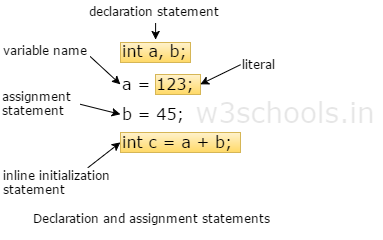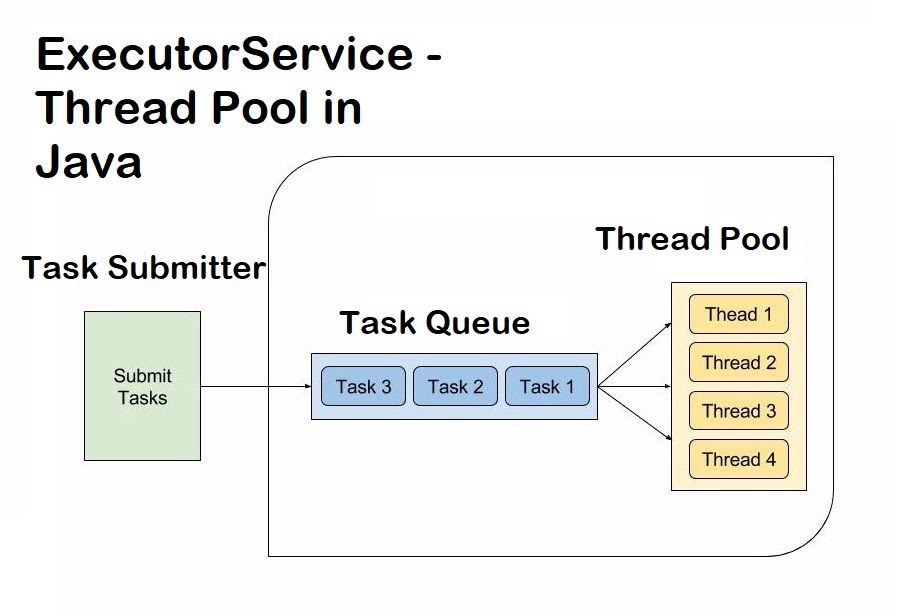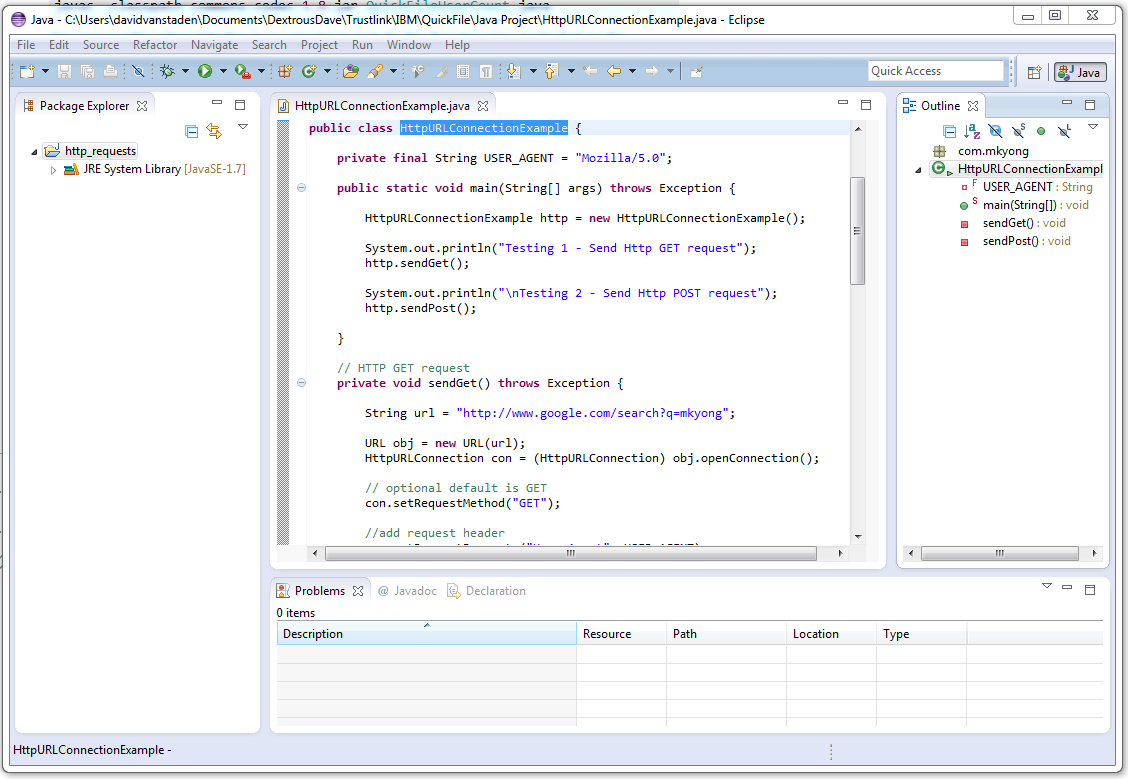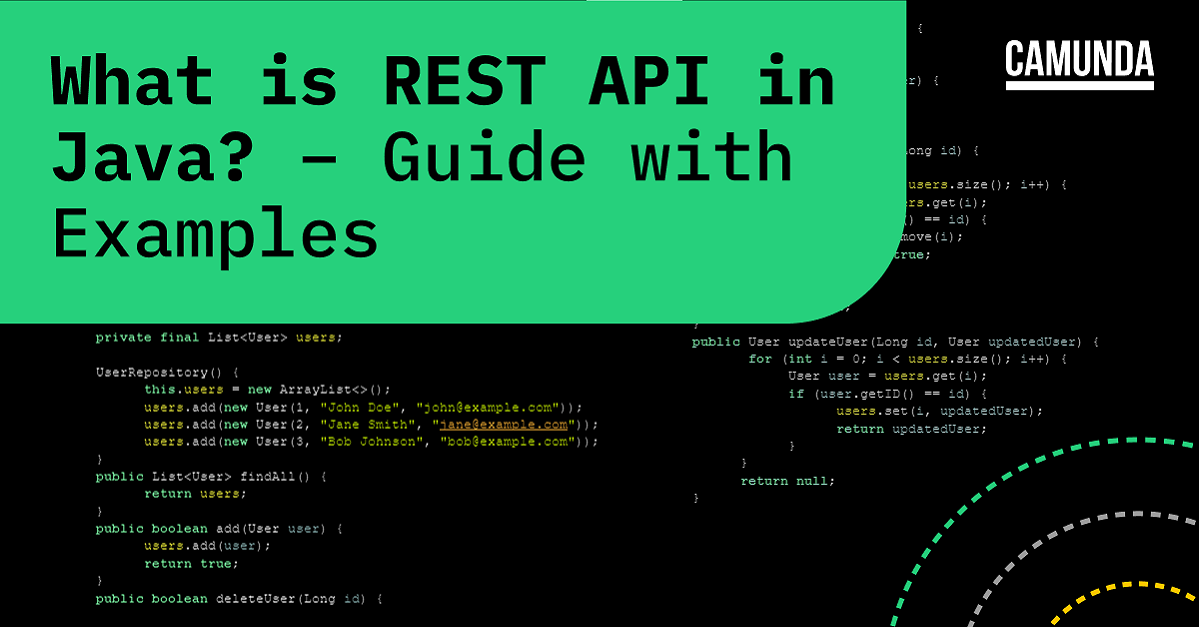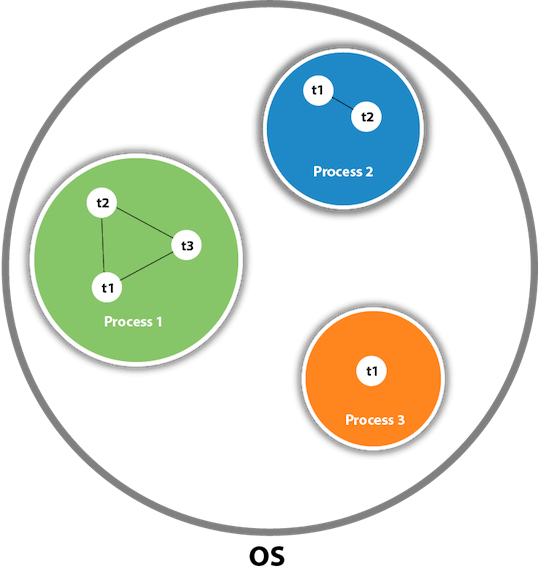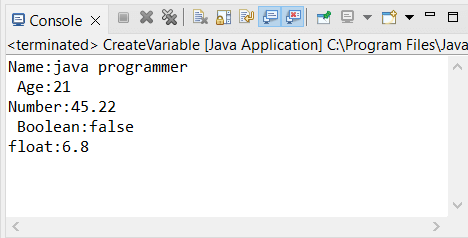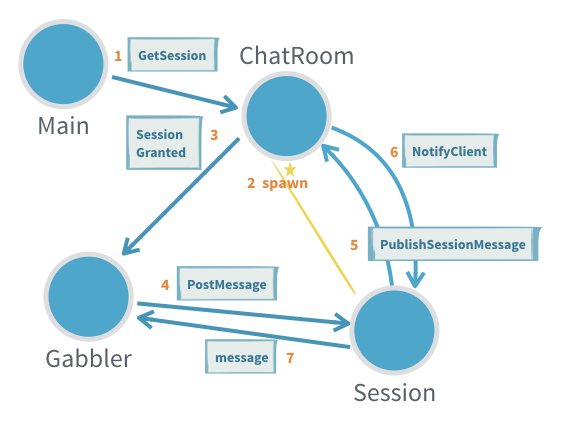Java dependency injection spring boot
Java dependency injection spring boot
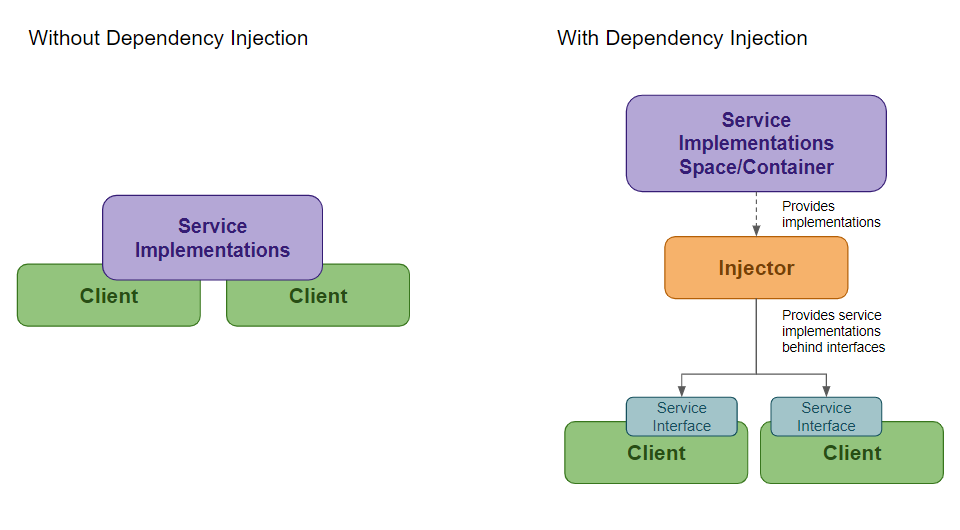
Java dependency injection (DI) is a crucial concept in software development that helps manage dependencies between objects. In the context of Spring Boot, DI plays a vital role in decoupling objects and making the code more modular, reusable, and maintainable.
What is Dependency Injection?
Dependency Injection is a software design pattern that deals with how one object (the dependent) depends on another object (the dependency). In other words, it's about managing dependencies between classes. The idea is to separate the creation of objects from their usage, which makes the code more flexible and easier to test.
How does Dependency Injection work in Spring Boot?
In Spring Boot, you can use the @Autowired annotation on a field or setter method to inject an instance of another class (the dependency) into your current class. For example:
@Service
public class MyService {
@Autowired
private MyDependency myDependency; // injected instance
public void doSomething() {
myDependency.doStuff();
}
}
@Repository
public class MyDependency {
public void doStuff() {
System.out.println("Doing stuff...");
}
}
In this example, the MyService class depends on an instance of MyDependency. You can use Spring Boot's DI framework to inject an instance of MyDependency into MyService.
Why is Dependency Injection important in Spring Boot?
Loose Coupling: With dependency injection, you decouple classes from each other, which makes the code more modular and easier to maintain. Testability: By separating object creation from usage, you make it easier to test your classes independently. Reusability: With dependency injection, you can easily swap out one implementation for another without affecting the dependent class. Easier Maintenance: When a class changes or needs updating, you only need to worry about that class and its dependencies, rather than having to change multiple classes.Best Practices for Dependency Injection in Spring Boot
Use @Autowired: Use the@Autowired annotation on fields or setter methods to inject dependencies. Use Qualifiers: Use qualifiers (e.g., @Qualifier("myBean")) to specify which bean should be injected. Use Constructor-Based Injection: Consider using constructor-based injection for injecting dependencies into classes. Be Mindful of Circular Dependencies: Be careful when dealing with circular dependencies, as they can lead to issues with DI.
In conclusion, dependency injection is an essential concept in Spring Boot that helps manage dependencies between objects. By using @Autowired and following best practices, you can write more modular, reusable, and maintainable code.
Dependency injection in Java
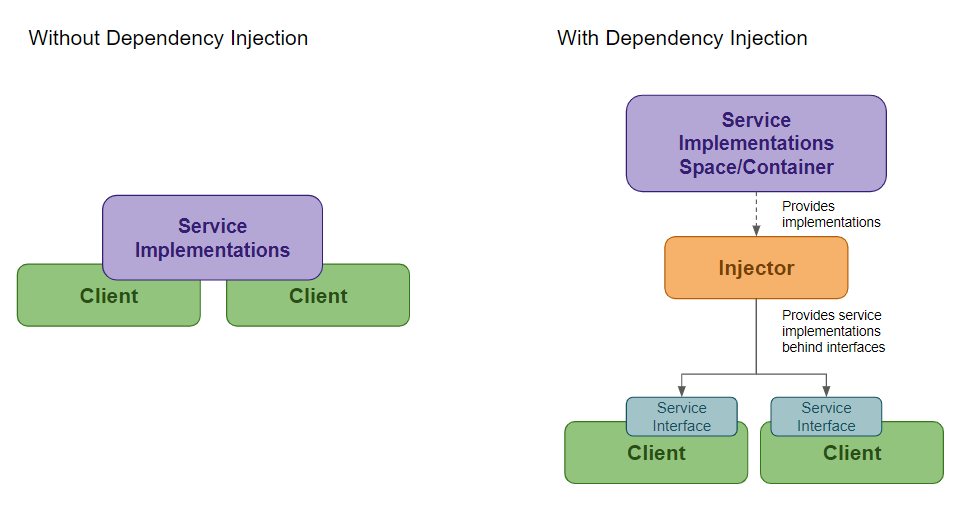
Dependency Injection (DI) is a design pattern that helps to decouple the dependencies between objects, making it easier to manage and test software systems. In Java, Dependency Injection can be achieved using various frameworks such as Spring, Guice, or CDI (Context and Dependency Injection).
What is Dependency Injection?
In traditional programming, components rely on concrete implementations of other classes to function correctly. This tight coupling makes it difficult to change or replace these dependencies without affecting the entire system. Dependency Injection addresses this issue by introducing an intermediary layer between the dependent objects.
The core idea behind DI is to define interfaces and abstractions that encapsulate the dependencies, allowing components to rely on those interfaces rather than concrete implementations. The framework then takes care of injecting the correct implementation for each dependency.
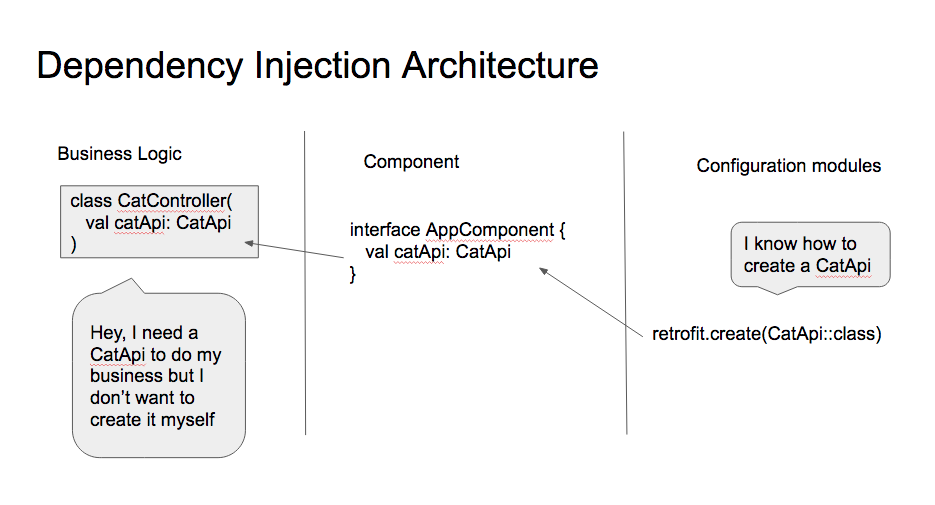
Benefits of Dependency Injection
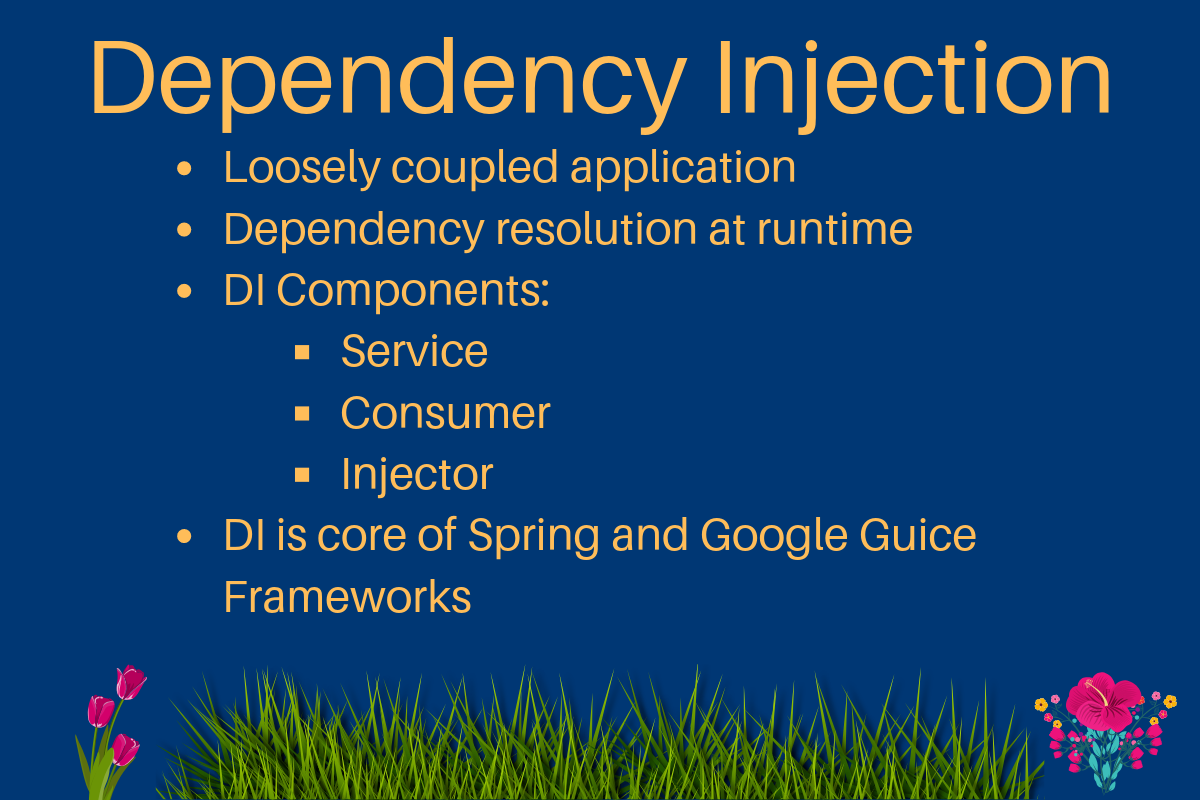
How to Implement Dependency Injection in Java
Here is a simple example of implementing Dependency Injection using Spring Framework:
// Define an interface (dependency)
public interface Logger {
void log(String message);
}
// Concrete implementation of the interface
public class ConsoleLogger implements Logger {
@Override
public void log(String message) {
System.out.println(message);
}
}
// Component that relies on the dependency
public class Service {
private final Logger logger;
// Constructor that accepts the dependency
public Service(Logger logger) {
this.logger = logger;
}
public void doSomething() {
logger.log("Doing something...");
}
}
In this example:
We define an interfaceLogger and a concrete implementation ConsoleLogger. The Service class relies on the Logger dependency, which is injected through its constructor. When creating an instance of the Service, you need to specify the logger implementation to use.
public class Main {
public static void main(String[] args) {
// Using Spring's Annotation-based Dependency Injection (AOP)
@Autowired
private Service service;
// Creating a bean that satisfies the dependency
BeanDefinition definition = new BeanDefinition("ConsoleLogger");
ctx.registerBeanDefinition(definition);
// Using the injected logger for the service
service.doSomething();
}
}
In this example:
Spring's@Autowired annotation is used to inject the dependency into the Service instance. The framework registers a bean for the ConsoleLogger implementation, which is then injected into the service.
By using Dependency Injection in Java, you can create more flexible, maintainable, and testable systems that are easier to evolve over time.

